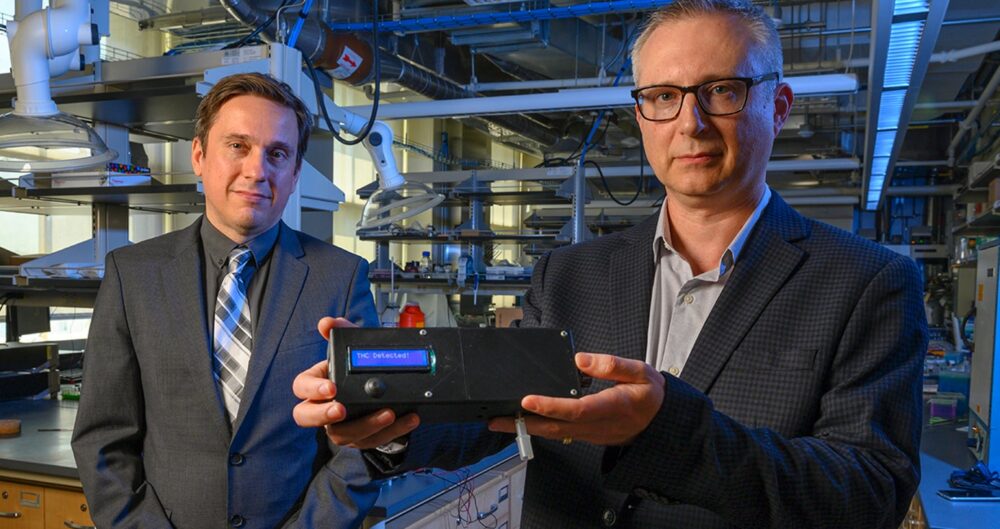
The legalization of marijuana represented a significant paradigm shift for law enforcement. If the police even smelled it or saw a filter, the suspect was apprehended! But this was before things like the example above could result in an immediate arrest.
It’s not so easy these days. Cannabis legalization is spreading across the country. There are more and more people opting for medical marijuana. You can connect to onlinemedicalcard.com to your recommendation from the ease of your home. Driving under the influence, on the other hand, remains illegal. This does not preclude people in legal states from consuming marijuana in any form. What it does indicate is how the law intends to intervene. Law enforcement is attempting to determine how impaired the driver is. They are willing to do this with the use of newly found weed breathalyzers.
According to the National Highway Traffic Safety Administration (NHTSA), cannabis has an impact on driving. This includes abilities such as reaction time and attention retention. The degree of impairment is difficult to assess. The existing field sobriety tests are proving ineffective.
How Does It Work?
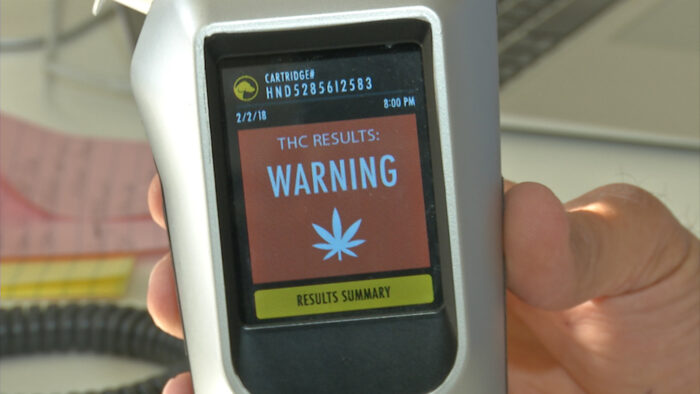
Devices, similar to a breathalyzer that measure the main psychoactive chemical in cannabis. Chemical compounds such as delta-9-tetrahydrocannabinol (THC) appear at different stages of development. Urine tests can detect marijuana up to a month after impairment has subsided. Blood tests, on the other hand, can provide accurate results for up to three weeks. Breath tests have the shortest detection window, which can be as little as two or three hours after smoking. As an important distinction for law enforcement, the breathalyzer could be a game-changer.
In theory, a positive result could be used to prove that the driver was under the influence.
Can Weed Breathalyzer Detect Weed?
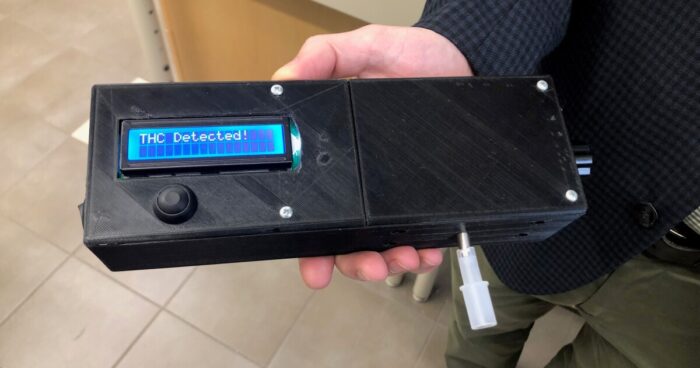
Weed breathalyzers are being developed, and extensive research is being conducted in this area. Carbon nanotubes, which are a millionth the size of human hair, are used in these devices. They can detect the presence of THC using this method. Even when other substances, such as alcohol, are present in the breath, they can obtain conclusive results.
The THC molecule eventually changes the electrical properties of the breathalyzer tube. This occurs after THC molecules bind to the surface of the tubes. THC levels can be detected more accurately using nanotechnology sensors. This is in comparison to mass spectrometry. It is the ‘so-called’ gold standard for detecting THC.
In Colorado, the highest blood marijuana limit is 5 nanograms of THC per milliliter of blood. This limit informs the court about the defendant’s level of impairment. The limit in Montana and Washington is 5 nanograms per milliliter (ng/ml). However, Nevada and Ohio have set the limit at 2 ng/ml. While Pennsylvania has set the limit at 1 ng/ml due to the recent legalization of marijuana. A THC concentration of 4 ng/ml, for example, corresponds to a blood alcohol content of 0.04 percent by weight.
There’s only one problem: science doesn’t support it. Five nanograms is a completely arbitrary number. Other states make it illegal to drive if a certain level of THC in the blood exceeds a certain threshold.
Legislation to protect marijuana users is being pursued by community groups such as NORML. They want employers to be prohibited from discriminating against their employees. Especially if it is based on prior cannabis use in California.
Not only that, but other states are stepping forward to push for the same legalization.
Weed Breathalyzer vs Alcohol Breathalyzer
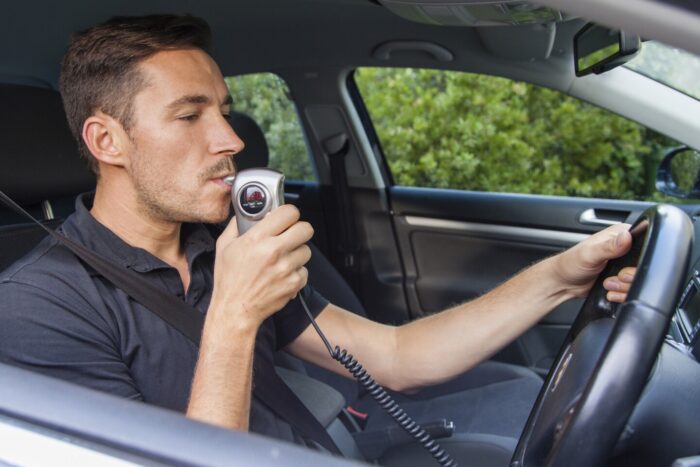
We’re applying the rules of alcohol to a substance that doesn’t follow them. The level of impairment of alcohol users is easier to determine. It entails determining the amount of alcohol in a person’s blood.
Water-soluble alcohol spreads quickly throughout the body. This is because the human body is approximately 60% water. After consumption, the alcohol leaves the body in a matter of hours. The amount of alcohol in a person’s breath is proportional to the amount in their blood, according to a simple ratio. Making the connection from breath to blood to the brain gives you an idea of how inebriated someone is. Do not, under any circumstances, drive after drinking. There is a good chance you will end up in jail for driving with a blood alcohol content above the legal limit. That is the million-dollar question when it comes to marijuana breath tests.
Is there a relationship between the amount of THC in someone’s breath and the amount in their blood? If that’s the case, can it predict how stoned that person is? A breathalyzer detects THC that has been transferred from the bloodstream to the lungs. This procedure is similar to how alcohol breathalyzers operate. THC is then converted into non-psychoactive molecules known as metabolites. More than 80 different metabolites are formed as a result of this process and are stored in fat deposits in our bodies.
The length of time they remain in the body is determined by several factors, including:
- Percentage of body fat,
- Level of tolerance, gender,
- The method and type of cannabis used.
Conclusion
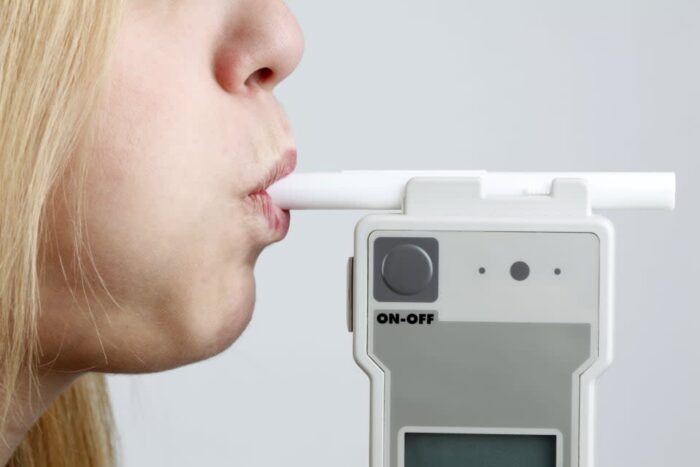
It took decades for American courts to reach today’s blood alcohol concentration limit of 0.08 percent. On a state level, various legal guidelines have already been established. Though some scientists argue that it has legitimate scientific support. Cannabis compounds, such as THC, do not behave in the body in the same way that alcohol does. Alcohol, a depressant, can cause the nervous system to slow down.
According to the CRS report, alcohol metabolizes in the blood after absorption.
Cannabis interacts with the body’s endocannabinoid system in a complex way.
It has either immediate or delayed effects. This is determined by the mode of consumption you prefer. It also depends on how different people react to cannabis.
People with different biochemistries experience a wide range of effects. THC potency can also differ between strains and products. Hybrid strains have emerged to enhance the effects of marijuana on us. This includes relief from pain, anxiety, and muscle spasticity.
There is a lot of research being done on devices that can detect only a certain amount of THC. These are devices that, depending on the user, set a threshold on the devices. The same one, which they claim will help them avoid flagging marijuana use from several days before. If the device cannot determine how impaired the driver is, it may be useless to the police.








